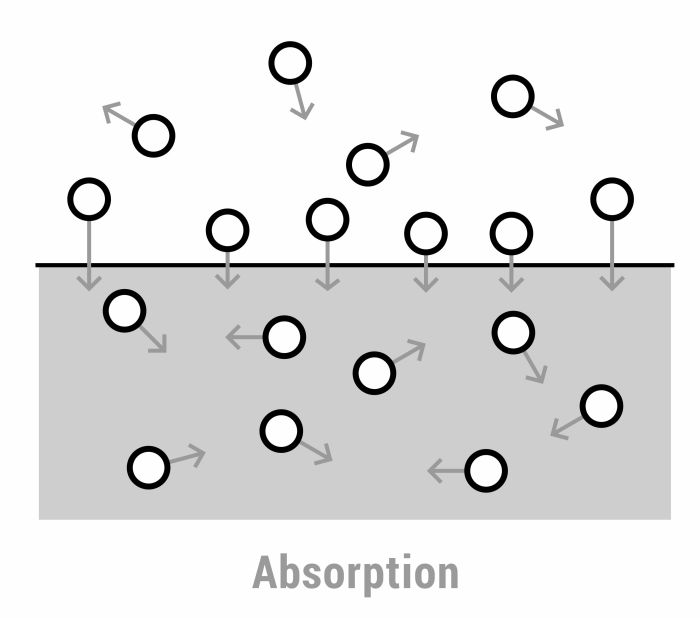There are multiple reasons for the bass response to not be 100% omni polar. First is there is no truly omni polar loudspeaker. However, you also need to be aware of the spinorama measurement precisions, which affect the measurement numbers too.
For example, the determination of the acoustic center of the loudspeaker is only approximate. The driver is not a point (and it is not even flat), so its acoustic center is not well defined. The ANSI/CTA-2034 standard allows for a 5 cm shift of the vertical spin axis, with its offset to the true acoustic center being unknown.
View attachment 290235
Let's see how much a 5 cm shift of the spin axis will affect the results.
In far field, the sound pressure is proportional to 1/r, i.e. p(r) = k/r. At 1 m, if we have a perfectly aligned measurement, p(r=1) = k. If the spin axis is offset by 0.05 m, p(r=1.05) = k/(1.05).
The ratio of the measurements is: p(r=1)/p(r=1.05) = 1.05. In dB, it is 20 log10(1.05) = 0.42 dB. Therefore, within the CTA-2034 spin axis positioning tolerance, we can already expect a 0.42 dB shift without considering other sources of error.
In reality, since we don't know where the true acoustic center is, the offset can be more than 5 cm. Adding to it the other measurement errors, comparing to directivity numbers to less than 1 dB is highly problematic.
Below is my simulation of a simple front firing boxed loudspeaker at 75 Hz. (The simulation is 2D, and represents the radiation pattern of a line source.) From this simulation the acoustic center is actually in front and outside of the speaker cabinet.
View attachment 290236




